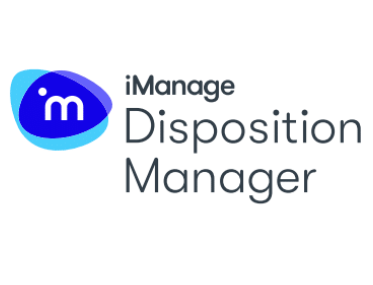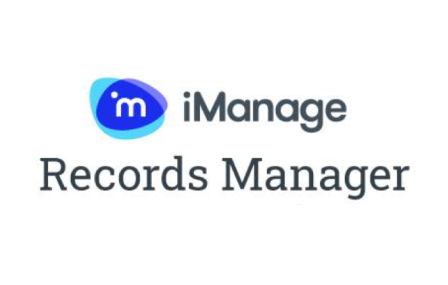Managing Remote Technical Teams

Covid restrictions have forced many firms to pivot from in person to remote work. In the first phase, many firms were focused on the technical tools of making the remote work transition a reality. But now, as most of the critical needs and IT infrastructure is in place, the next question is: How do we transition to managing remote teams?
My name is Nitza Medina-Garcia, CRM and I have worked as a remote worker and have managed remote teams at my company InfoCompass for over 13 years. I would like to share some best practices for managing remote technical workers.
Know who is on your team and what they should be doing
Ok, this one may already be in place, but if teams or tasks have changed because of the remote work shift, it should be documented and communicated to those who need to know. If a team member is not clear on their assignments, they will be set up to fail and the firm will suffer. For example, in my company we track team members in Asana a cloud project management tool. As a manager, I will assign individual tasks or whole projects to teams. It is the responsibility of team members to check for new tasks, read project status updates and update tasks regularly. It is also the responsibility of the team member to inform the team of any changes in work hours or absences and block out the time in their calendar accordingly. If I am finding tasks not updated, I will follow up both within Asana and with an email or call to find out why.
Communicate with your remote teams
Schedule daily (or weekly) video meetings with your team. Make sure the meeting time is during a regular time and date so that it becomes routine. If your team is large, you may want to take roll call to build in accountability. Review any general information that the team needs to know and any successes to be cheered. Avoid corrections in a general meeting. It is better to share any bad news or corrective action in a one on one meeting or phone call. Just to reiterate, this call should be positive and upbeat. In my company I have an Administration team we meet weekly each Friday to get face time with each other, review projects at a high level and talk about expected work for the coming week. We use Microsoft Teams for these internal meetings, phone calls and chats during the week.
Track and review team progress, statistics and goals
Team work can be tracked in a number of ways. If your team’s work is project-based, managers can use cloud project management tools to track progress in real time. Our company, uses a task management tool called Asana to track tasks associated with software implementations. Tasks are assigned to team members with due dates. Progress on tasks can be noted as a comment for “in progress” work or the task can be marked as “completed”. Time on the tasks can be tracked with an integrated timer such as Harvest for time entry. Managers can review completed tasks and time entries on a weekly basis.
If your team has on-going, repetitive tasks, you may want to create at least 3 statistics to track per person daily. For example, if you have service tickets, you can list the number of tickets received, number of active tickets and number of completed tickets. Some ticket software already captures this information per team member, but if not, a manual spreadsheet can be sufficient. The statistics can be turned in weekly to the team manager for review. The team manager can work with team members to determine appropriate key performance indicators (KPI) that need to be tracked. If manual KPI tracking is not working or efficient for your firm, consider other tracking tools out there such as ProdoScore.
Team managers should review the weekly KPIs, time entries and any other reports and compare them with the overall team goals. Are team members working at, over or under their expected numbers? If your team member is normally able to do 25 service tickets, but now tickets are at 16 per week, the team manager should have a discussion with the team member to better understand why the stat has dropped. Is the team member overwhelmed? Are the tickets just more complex this week? What can the team manager do to assist? Does the team member need more mentoring?
Timekeeping can be tracked in a ticket system, applications such as Harvest, Asana or ProdoScore and other 3rd party applications. Goal tracking can also be tracked with these applications. But before you start tracking your team goals, you need to write them down:
- What are the overall goals of the team and/or firm? Write down the goals.
- Create a plan towards the goals. You can use software like Asana to track tasks.
- Track the time for the goal. Use time tracking software like Harvest.
- Create metrics for your goal. How will you know when the goal is achieved?
- Create habits for the goal (look at goals daily/weekly)
Evaluate production
For software implementations, I often have two ways of evaluating production. Since I am the Software Trainer in addition to the Business Analyst on software implementations, I have a deep understanding of the software development lifecycle. So, when I get ready to create training materials on the main software features, I may find either things that were not built as per the design document, a configuration mismatch, date issue or maybe a software bug. I will list any issues found in Asana under a specific “issues tracking” project to track issues from the initial reporting, classification, assignment to a team member all the way through to issue resolution. After training, a small group of end users will test the software to confirm it works per design and to their needs. Any issues found will be added to the issues list as well.
If I find there are many software configuration issues that seem to be avoidable, I will discuss with the IT team member one on one to get a better understanding why an issue is happening. At the end of each project I also have a “lessons learned” 30-minute meeting to share what went well and what did not go so well. Any action items that require follow up will be tracked in Asana as a follow up task so that the feedback does not get lost.
Collect reports from your analysts, code from developers, etc.
Have a checklist of documentation that needs to be collected before the end of a software project in Asana. When I have completed a software implementation, I collect any custom reports, custom code, or As Built documentation that can be used for reference in the future, and/or to build a knowledge management library. This documentation will help me confirm the team has completed the necessary technical tasks. For example, a team member will not be able to deliver to me an As Built document until all build tasks are completed. The documentation will also serve as a library of information that can be reused for future projects.
I can collect documentation either from email attachments or team members can upload or save documentation to a project folder (like iManage Share or Dropbox) especially if the file is especially large. The folder permissions would be set to allow certain users access to the folder. If a team member is a vendor, a time limit on access may also be set (such as 30 days) in addition to explicitly giving permission to a folder.
If you need help or have any questions, schedule a meeting with me today. I will help with your individualized needs.



